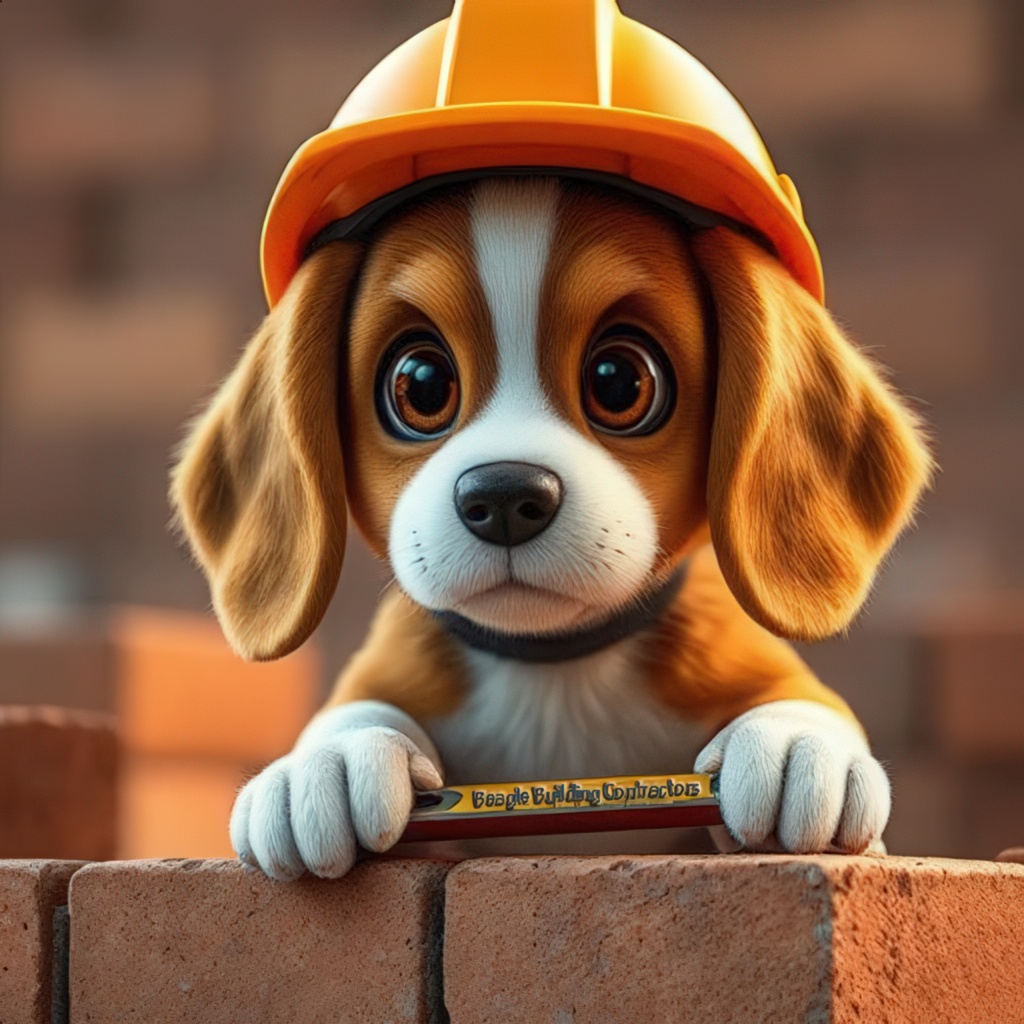What problems are you likely to encounter when buying a house from someone unskilled who does their own DIY?
When buying a house from an unskilled DIYer, you’re likely to encounter a range of problems that could lead to significant headaches and unexpected costs down the line.
Here’s a breakdown of common issues:
Structural and Safety Concerns:
Compromised Structural Integrity:
DIY projects often involve alterations without proper understanding of load-bearing walls, foundations, or roof structures. This could lead to cracking, sagging floors, or even collapse.
Electrical Hazards:
Unskilled electrical work is extremely dangerous. You might find incorrectly wired outlets, exposed wires, overloaded circuits, or a lack of proper grounding, all of which pose fire risks and electrocution hazards.
Plumbing Disasters:
Poorly installed plumbing can lead to leaks, burst pipes, water damage, mould growth, low water pressure, or drainage issues. Connections might be loose, pipes might be the wrong size, or vents could be improperly installed.
Gas Leaks:
Any DIY work involving gas lines is incredibly risky and should only be performed by a qualified professional. You could be looking at potential gas leaks, carbon monoxide poisoning, or explosions.
Improper Ventilation: DIY modifications to HVAC systems or bathroom/kitchen ventilation can lead to poor air quality, condensation issues, and mould.
Building Code Violations and Lack of Permits:
Illegal Work:
Most significant home improvements require permits and inspections to ensure they meet local building codes. An unskilled DIYer is highly unlikely to have obtained these, meaning the work is illegal and potentially unsafe.
Difficulty Selling Later: If you buy a house with unpermitted work, you’ll inherit the problem. You might have to disclose it to future buyers, or even worse, be forced to demolish and rebuild the unpermitted work at your own expense before you can sell.
Insurance Issues:
In the event of a claim related to unpermitted work, your insurance company might refuse coverage, leaving you with massive repair bills.
Cosmetic and Aesthetic Flaws:
Shoddy Workmanship:
Even if not dangerous, DIY projects often lack the finesse and skill of a professional. Expect crooked tiling, uneven paintwork, poorly installed trim, ill-fitting doors and windows, and generally unprofessional finishes.
Inconsistent Materials: A DIYer might have used mismatched materials or inferior products to save money, leading to a patchwork appearance and potentially reduced durability.
Difficult to Redo:
While cosmetic issues might seem minor, rectifying them can be time-consuming and expensive, especially if the underlying work was done incorrectly. For example, perfectly removing poorly applied wallpaper can damage the drywall.
Hidden Problems and Unknowns:
“Band-Aid” Solutions:
An unskilled DIYer might have applied quick fixes to underlying problems instead of addressing the root cause, masking issues that will resurface later.
Lack of Documentation:
Professionals typically provide warranties and detailed invoices for their work. A DIYer will have none of this, leaving you with no recourse if something goes wrong.
Difficult to Assess:
It can be challenging for even a professional inspector to uncover every single DIY shortcut or hidden flaw.
Financial Implications:
Increased Repair Costs:
You’ll likely need to hire professionals to correct the DIYer’s mistakes, which can be more expensive than doing the work correctly in the first place. Sometimes, fixing shoddy DIY can be even more costly than starting from scratch.
Lower Appraisal Value:
Banks and appraisers will take into account the quality of construction and any unpermitted work, which could negatively impact the house’s appraised value and your ability to secure a mortgage.
Insurance Premiums:
Some insurance companies might charge higher premiums or refuse coverage if they deem the property to have significant risks due to unprofessional modifications.
What to Do:
If you’re considering a house with extensive DIY work, it’s absolutely crucial to:
Get a comprehensive survey:
A full structural survey by a RICS (Royal Institution of Chartered Surveyors) qualified surveyor is essential. They will be able to identify potential issues and advise on their severity.
Obtain specialist reports:
If the surveyor flags concerns about electrics, plumbing, or gas, get separate reports from qualified electricians, plumbers, and Gas Safe registered engineers.
Factor in repair costs:
Assume you will need to spend money to rectify issues and factor this into your offer.
Be prepared to walk away:
If the extent of the DIY problems is too great or the owner isn’t willing to negotiate on price to cover the necessary repairs, it might be best to look for another property.




